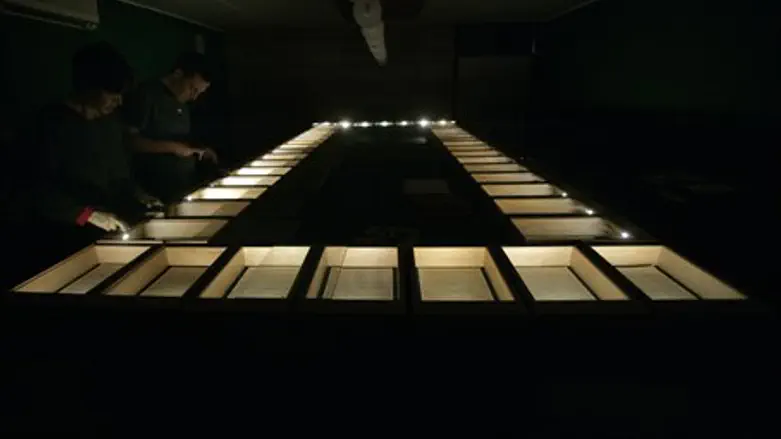
In a presentation set for Thursday at the Montana State University in Bozeman, Montana, US researchers are expected to announce that they have detected gravitational waves for the very first time, a century after they were proposed by Albert Einstein.
The expected announcement has generated a lot of anticipation within the physics community as astronomers have been searching for decades for the elusive waves. Gravitational waves are one of the most important variables in Einstein's theory of relativity.
The presentation coincides with the 100th anniversary of the publication of Einstein's theory of relativity which was published in 1916.
The presentation will be officiated by Professor Neil Cornish from the Department of Physics and the co-director of the MSU eXtreme Gravity Institute.
The university issued a press release which said “Cornish will provide a status report on the effort to detect gravitational waves – or ripples in the fabric of spacetime – using the Laser Interferometer Gravitational-wave Observatory (LIGO),”
LIGO is a system that was developed and built by Massachusetts Institute of Technology (MIT) and Caltech researchers. It is comprised of two detectors which were constructed specifically to spot the tiny vibrations that result from passing gravitational waves. The identical gravitational wave detectors are located 1,865 miles apart and both are in the United States. One is located in Livingston, Louisiana, while the second is located in Hanford, Washington.
The system runs on the assumption that if a gravitational wave passes, it should stretch space in one direction and shrink it in the other.
Organizers of the experiment from LIGO said that "100 years after Einstein predicted the existence of gravitational waves, the National Science Foundation gathers scientists from Caltech, MIT and the LIGO Scientific Collaboration to update the scientific community on efforts to detect them."
The group further said that a lot of interest has been piqued by the centennial.
The RT news website has reported that rumors have been circulating for weeks that the detectors have discovered a signal which may prove the existence of gravitational waves.
Einstein believed that the universe is made up of something called the “fabric of spacetime" - a fabric that would cause large accelerating objects to bend the universe and cause ripples in those bends that could be felt and seen throughout the vastness of space. These ripples are known as gravitational waves and can be caused by certain celestial events such as black holes or pulsar stars colliding.
If the theory is confirmed, the discovery promises to revolutionize the fields of study of both physics and astronomy, as it will prove that Einstein's way of looking at the universe is correct. The ability to analyze the information carried on gravitational waves would also give a tremendous amount of insight into the violent events that form the history of the universe.